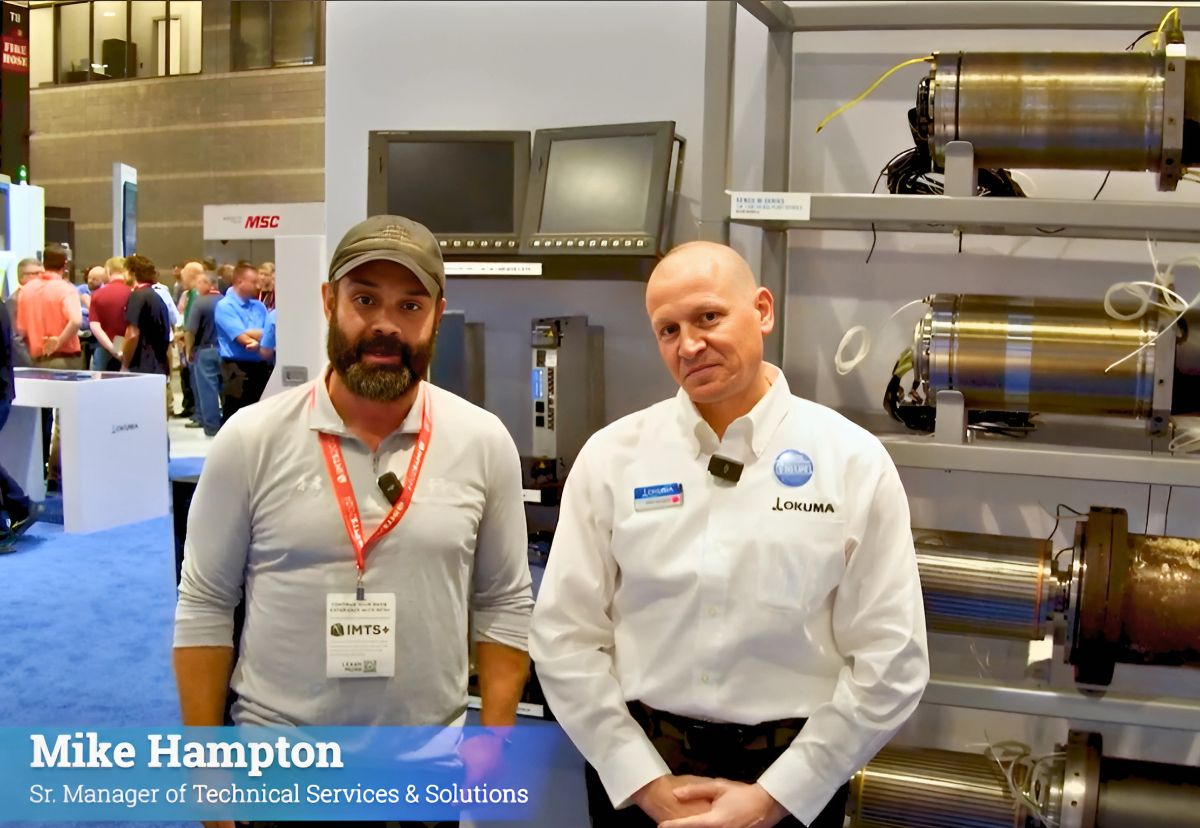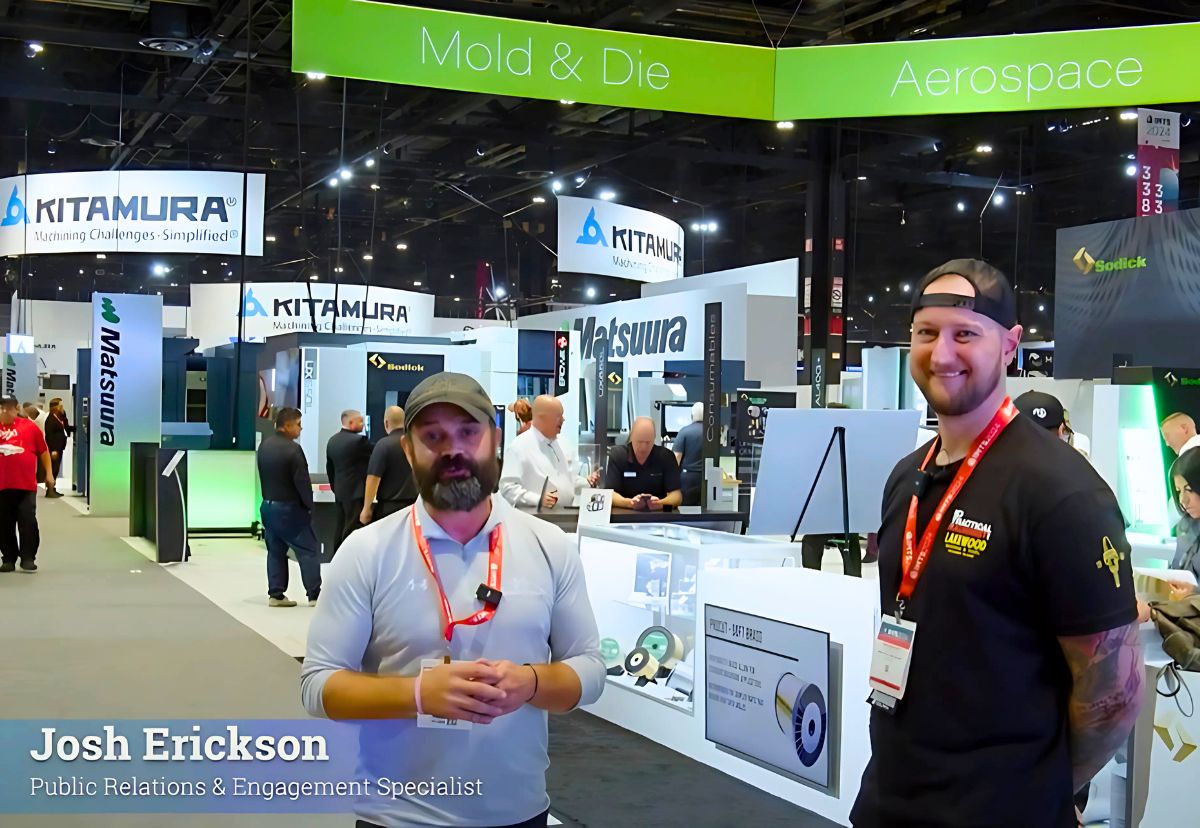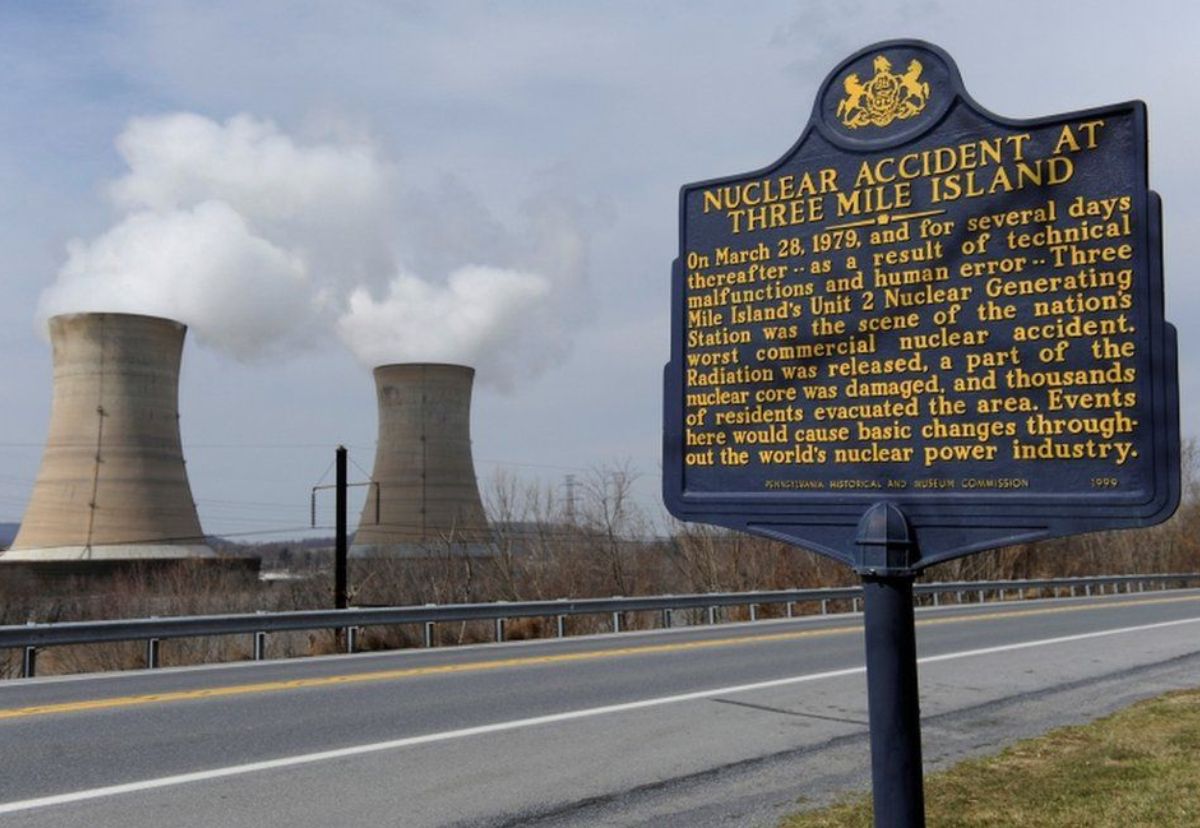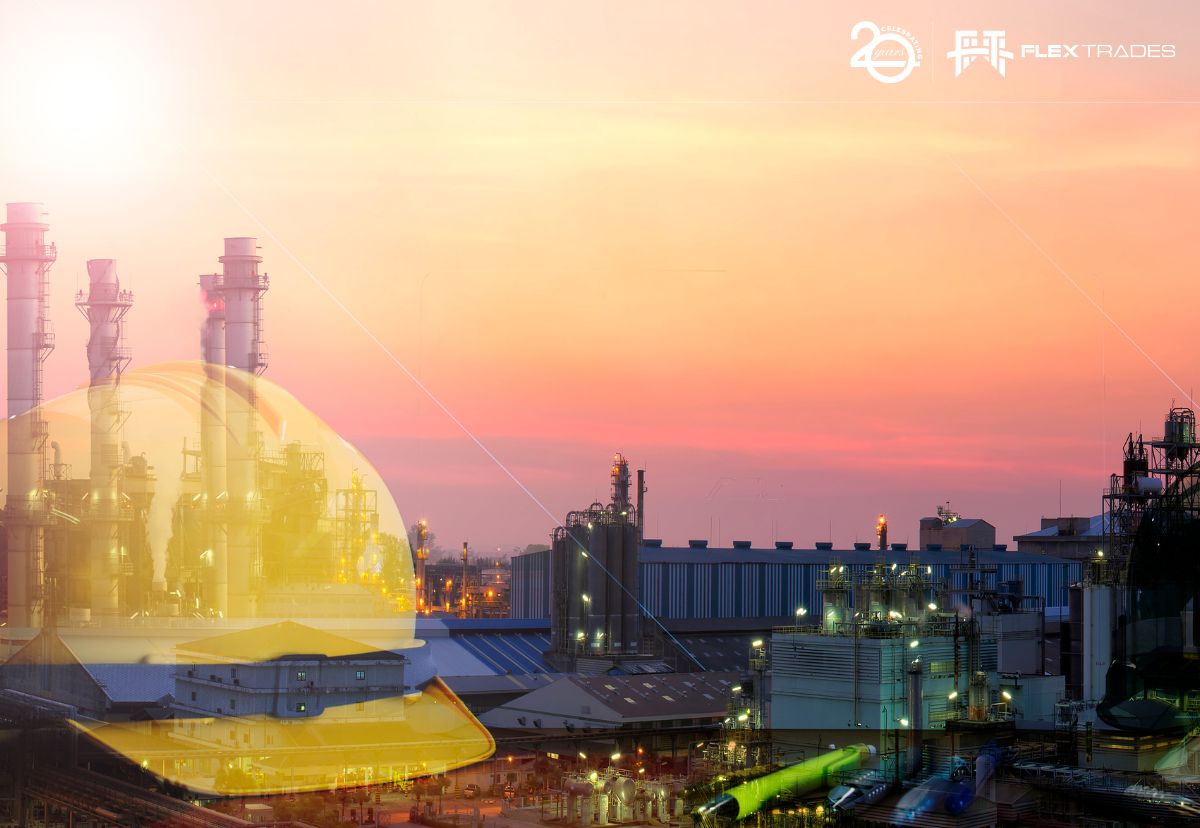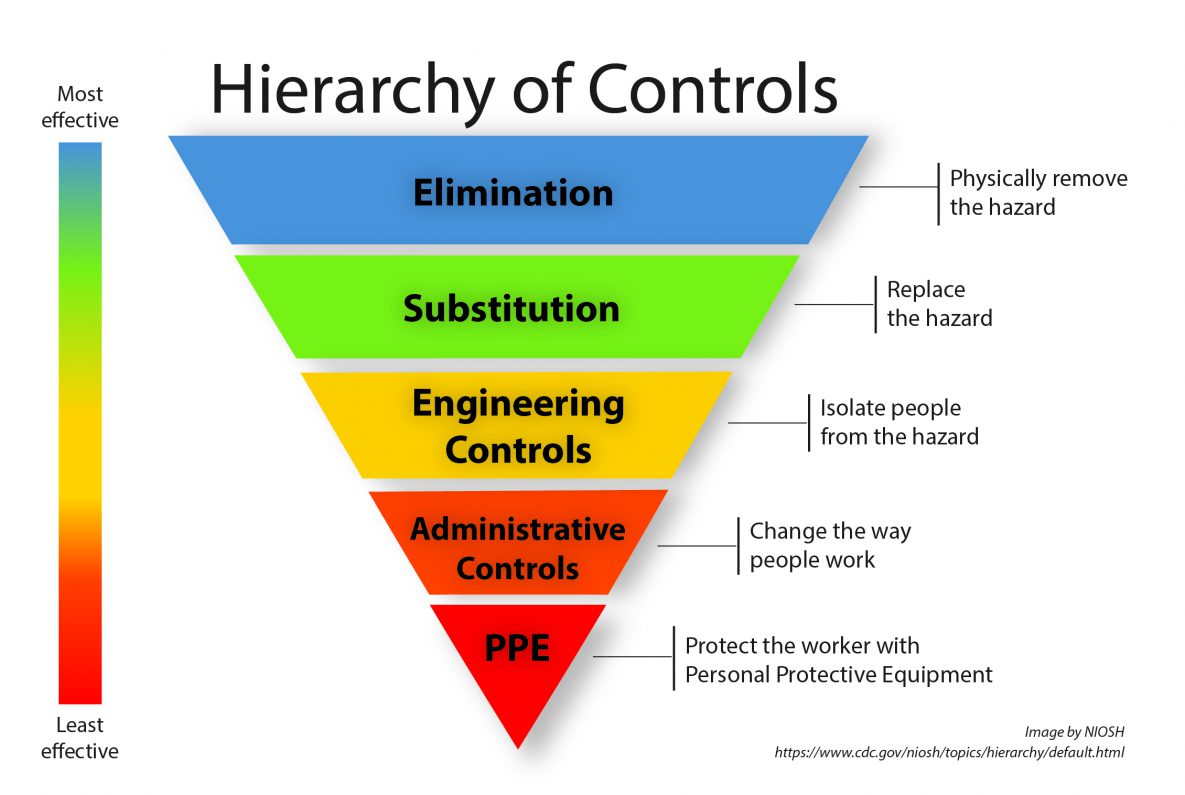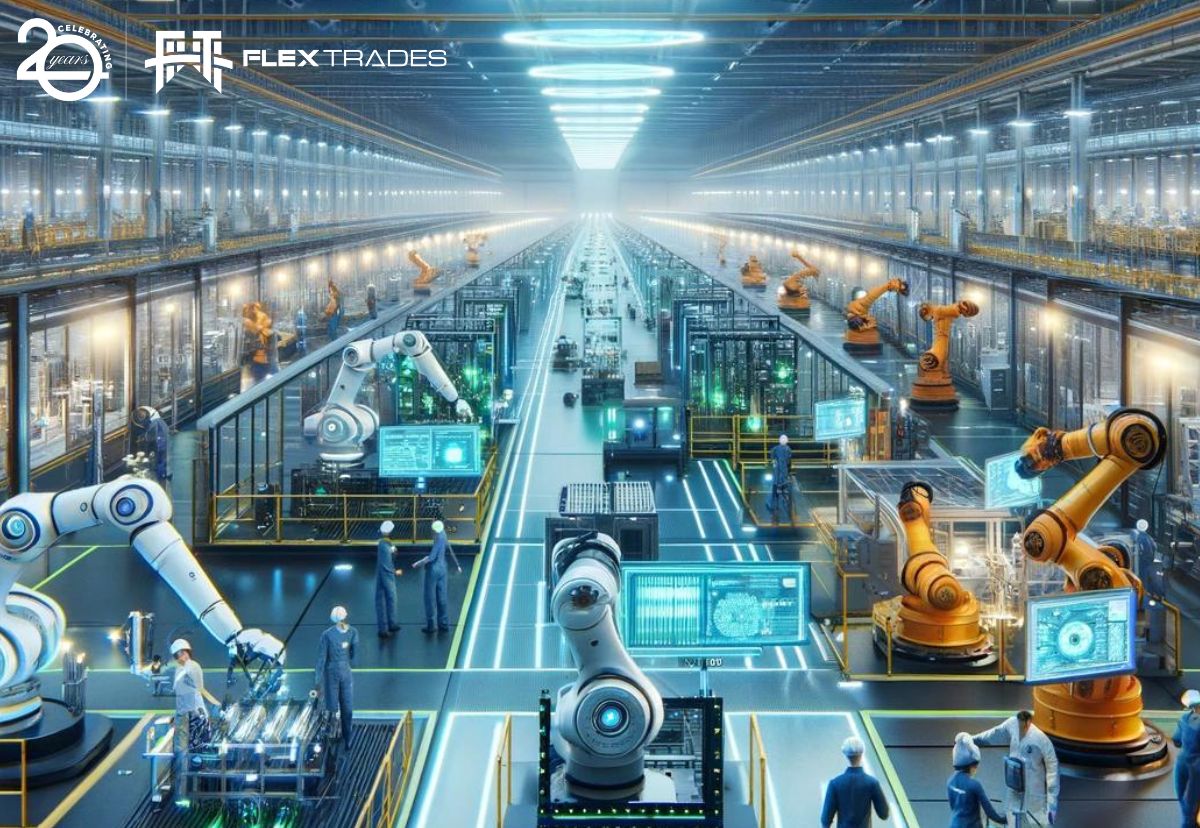When we attended IMTS 2024, we had the pleasure to meet Mike Hampton, Senior Manager of Technical Services and Solutions for Okuma America. We wanted to learn about things purchasers may not consider when they go to buy a new machine tool and Mike was kind enough to give us an interview on the subject.
For manufacturers, acquiring new machine tools is an exciting time that can lead to improved productivity, enhanced efficiency, and support long-term success. However, it is also a significant investment that may require additional manpower and resources throughout the lifecycle of that new machine.
Here’s a guide to three critical factors you should consider before making your purchase.
Total Cost of Ownership
Mike pointed out, “When you buy a machine tool, it’s a huge investment and there’s many factors to consider about how the cost of ownership is going to take place for years down the road.”
When purchasing a machine tool, it’s important to think beyond the initial price tag. Consider the machine’s longevity, maintenance requirements, and potential repair costs after the warranty expires. Mike explained that Okuma offers robust post-warranty support programs. With their mechanical exchange program, refurbished components are readily available to minimize downtime – a feature that could save you significant time and money.
Spare Parts Availability
Another often overlooked aspect of machine tool purchasing is ensuring ongoing support and access to spare parts. Machine downtime can cripple your operations, so having a fast and dependable network for parts is invaluable.
Mike was proud to point out that Okuma, “technically could ship a mechanical or electrical unit to the customer that same day.” He went on to explain that globally, they have $200 million in spare parts inventory to keep customers running.
Service Support Network
Maintenance is a fact of life in manufacturing. In-house maintenance technicians handle the day-to-day preventative maintenance and upkeep. But what happens when the most complex components break down, or you just don’t have the right maintenance staff on hand?
Mike tells us that Okuma, “has over 1000 certified field technicians in North America. Ready to be on site as soon as that stack light hits red.”
Depending on your operation, you may never need outside maintenance support, but having the peace of mind that it’s available is a huge bonus.
Final Thoughts
When purchasing a machine tool, think strategically about long-term support, service, and costs. Choosing a manufacturer like Okuma, which places a priority on post-purchase support, can make all the difference. As Mike concludes, “Our mission is to pursue a customer for life, and that’s what drives us.”
So, before making your next machine tool purchase, consider these factors to ensure you’re making a choice that supports your operations for years to come.

